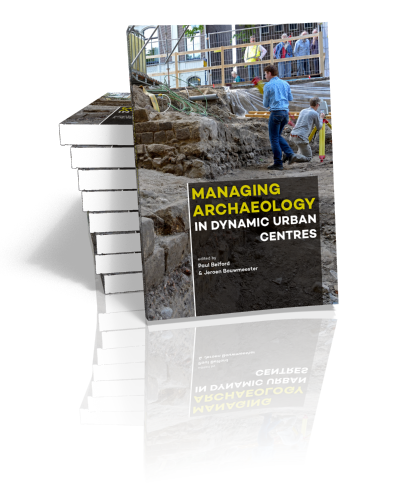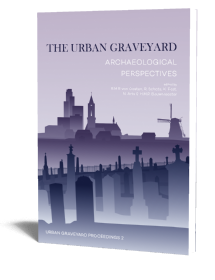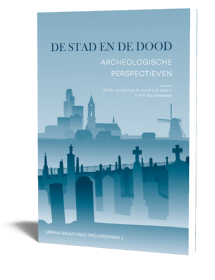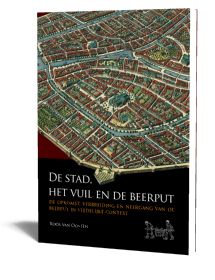Abstract:
This book looks at how archaeologists in the early 21st century are dealing with the challenges and opportunities presented by development in archaeologically sensitive urban centres. Based on a session held at the 2017 EAA conference in Maastricht, the volume features case studies from across Europe and beyond – including Norway, Lithuania, Belgium, the Netherlands, the United Kingdom, Germany, Luxembourg, Switzerland, Italy and Israel. The chapters look both at individual projects and larger thematic issues.
How has urban archaeology changed the ways in which archaeologists work? Is it possible to predict (and avoid or protect) sensitive archaeology in dynamic urban centres? Do technical solutions to preservation in situ actually work? How are the public involved and how do archaeologists promote public engagement? What are some of the issues and problems for the future?
This book is the first publication of the EAA Urban Archaeology Community, and its editors hope that it will provoke debate, and inform future developments in urban archaeology in Europe and beyond.
Contents
Introduction: issues, principles and practice
Jeroen Bouwmeester and Paul Belford
Gediminas Hill and the Upper Castle in Vilnius: Interactions between Nature, Heritage and a Dynamic Urban Centre
Edita Povilaitytė-Leliugienė
Some more equal than others? Some issues for urban archaeology in the United Kingdom
Paul Belford
The Kipdorp site: Preservation and Valorization of the 16th century Fortification at the location of the new Opera Plaza in Antwerp
Femke Martens, Daan Celis, Veerle Hendriks
Archaeology-friendly building in a city centre: mission achieved or mission impossible?
Maarten Groenendijk
The construction of the new Station Area in Utrecht: a decade of pressure cooker archaeology
Jan Willem Oudhof
Catching archaeology in Deventer. A case study of combining two instruments to improve archaeological heritage management in urban context
Jeroen Bouwmeester
Archaeology in Cologne: tradition vs. urban development
Thomas Höltken and Marcus Trier
Urban archaeology and conservation of archaeological sites in Luxembourg – potential conflict or valuable addition to modern construction?
Christiane Bis-Worch
Managing Archaeology in Dynamic Urban Centres in Canton Vaud
Marion Liboutet
Stratigraphy as a strategy, an approach to urban archaeological excavation. The example of Aosta, NW Italy
Claudia De Davide
Exploring the archaeological potential of the Esquiline hill in Rome
Valeria Boi
Following the Developers – Salvage Archaeology and Urban Archaeological Management, The Israeli Experience
Jon Seligman
Managing archaeology in dynamic urban centres: challenges and opportunities
Paul Belford and Jeroen Bouwmeester


Dr.
Paul Belford
Paul Belford is an archaeologist who has excavated in a number of towns and cities in Europe and elsewhere. He holds a BSc and an MA from the University of Sheffield, and a PhD from the University of York. Paul’s main interests in urban archaeology are the development of early industrial centres at the end of the medieval period, and the creation and perception of urban landscapes in the eighteenth and nineteenth centuries.
read more


Drs.
Jeroen Bouwmeester
Jeroen Bouwmeester werkt sinds 2009 als senior onderzoeker middeleeuwse en vroegmoderne stad bij de Rijksdienst voor het Cultureel Erfgoed. Hij is afgestudeerd in de Archeologie van Noordwest-Europa aan de Vrije Universiteit Amsterdam.
—
Since 2009, Jeroen Bouwmeester has been employed by the Cultural Heritage Agency as a senior researcher of medieval and early-modern cities. He studied the archaeology of Northwest Europe at VU University in Amsterdam.
read more













